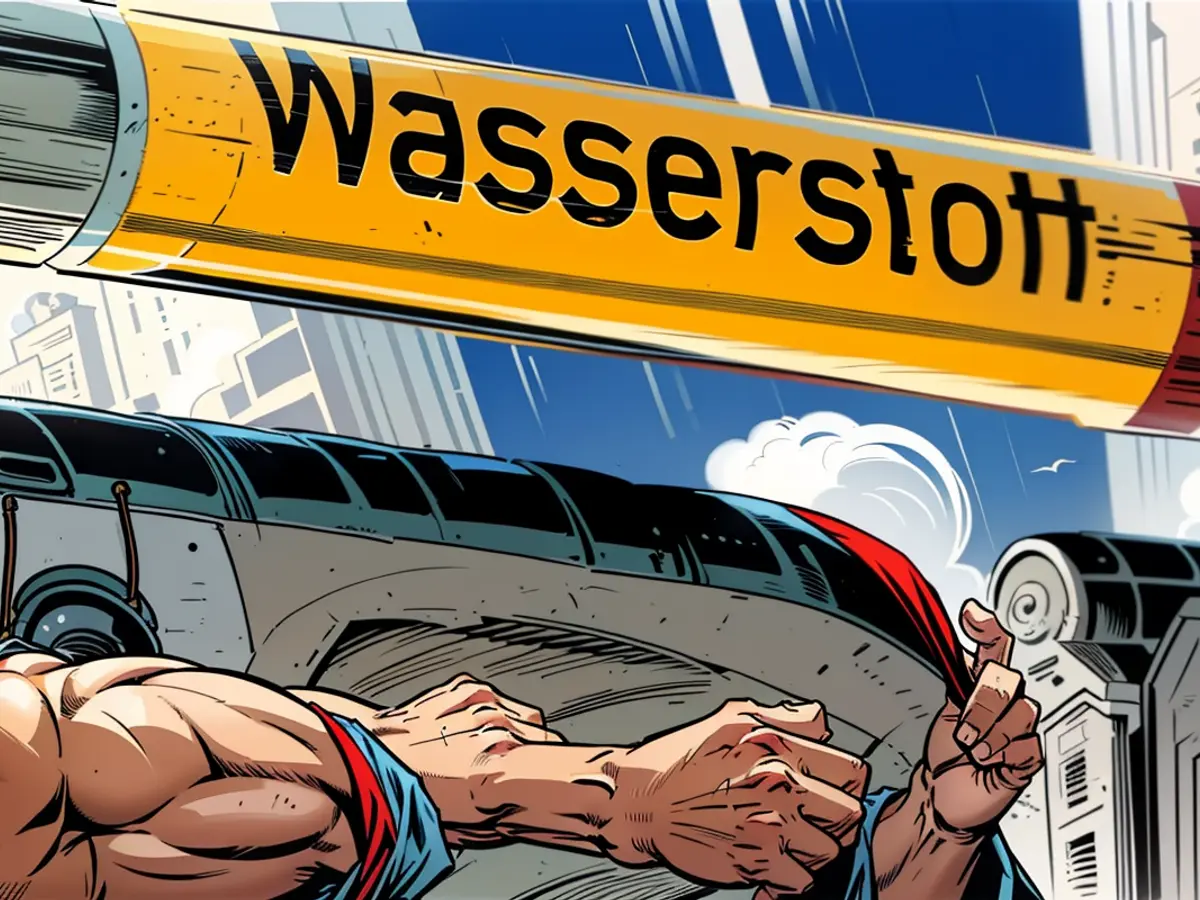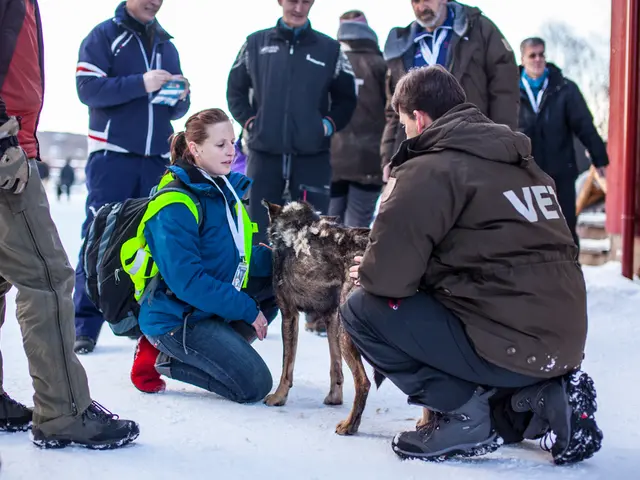The ADAC Emergency Response Team is currently honing their skills in Neustadt, Holstein, with the "Christoph Hansa" helicopter leading the way. Their training focuses on external landings, particularly at a business site and the old naval communications tower in Pelzerhaken, as well as ship rescues in Neustadt Bay. A makeshift base for operations has been set up on a wind farm's lawn, and injured individuals are sometimes represented by rescue mannequins or other emergency personnel during training.
Communication is key during these exercises, with the pilot, captain, and winch operator working together to ensure smooth operations. According to air rescue expert Stephan Brade, ADAC operates 38 rescue stations nationwide, and they can deploy 50 helicopters if needed. Replacements for failing helicopters can be ready within three hours.
The team also practices landing techniques at Neustadt's local airport, preparing for various scenarios. After the training, they will return to their rescue station in Neustadt's city center.
During their radio communications exercises, medics may be lowered to rescue vessels by winch, working in coordination with the German Society for the Rescue of Shipwrecked (DGZRS) and the German Life-Saving Association (DLRG). They may also practice water rescue techniques, lifting victims from the water and back onto the helicopter.
These exercises are essential for keeping the team well-prepared and coordinated, ensuring the highest level of operational readiness. They meticulously follow safety protocols and protocols approved by the Federal Aviation Office (LBA).
[1] Enrichment Data: The exercises focus on two main aspects: rescue winch maneuvers and helicopter landings. For rescue winch maneuvers, the team collaborates with the DGZRS and DLRG, conducting simulations involving medics being lowered to rescue vessels and lifted back up, as well as practicing water rescue techniques with near-drowning victims. In terms of helicopter landings, the team works on maintaining communication and coordination between the pilot, winch operator, and captain of the rescue vessel. They practice in various scenarios, such as ship and water rescues, and prioritize safety protocols while adhering to the guidelines approved by the LBA.








